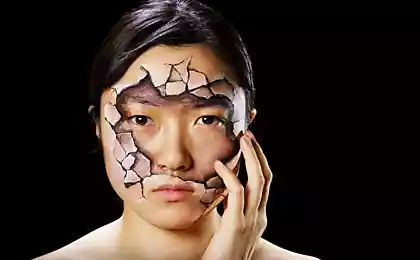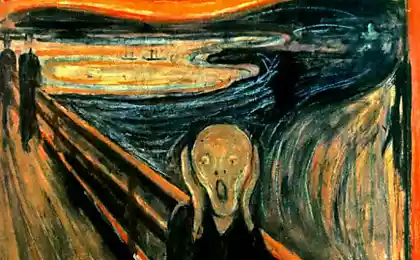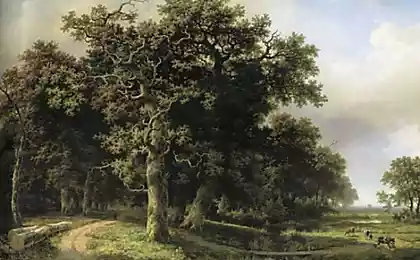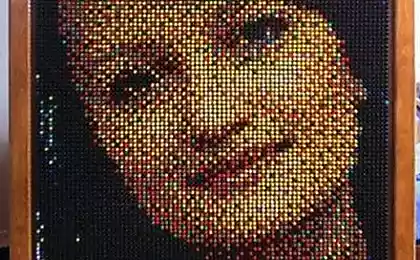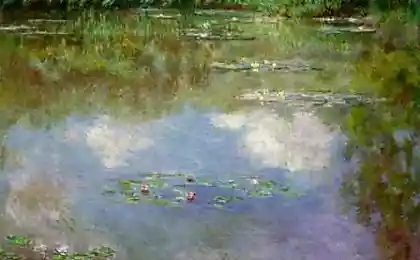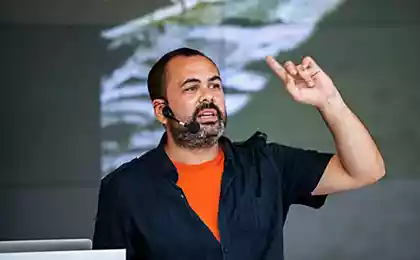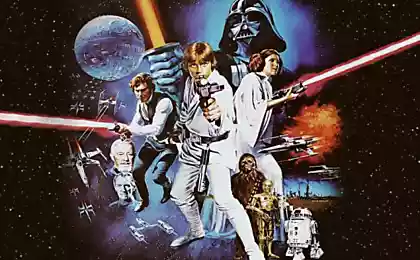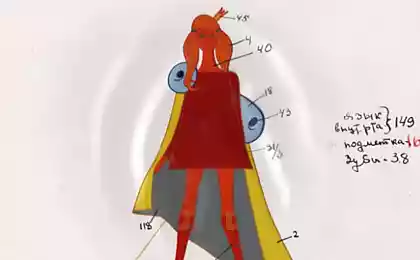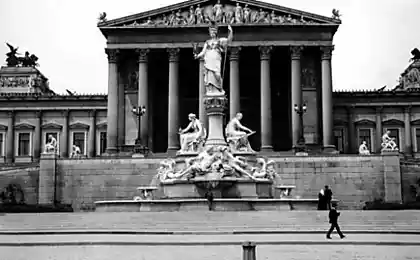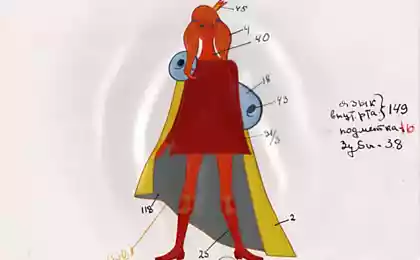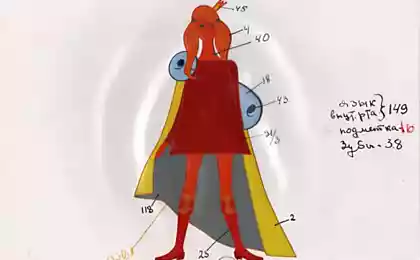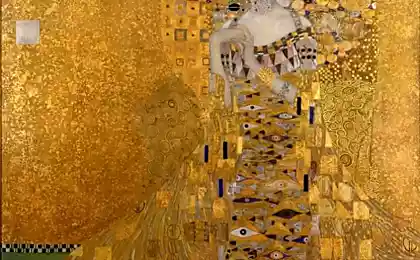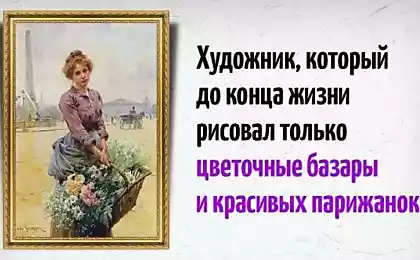634
Here are the first and last paintings of great artists
Four million six hundred eight thousand six hundred seventy five
We all know how to look like the masterpieces of world art. But us in the Website was curious: why was world famous artists and what were their latest paintings? We offer you to look at the result and join us for a historical tour of the painting.
Leonardo da Vinci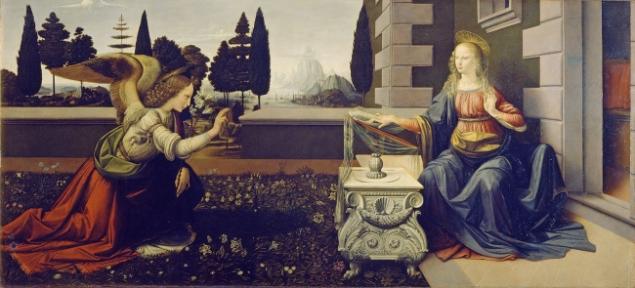
The Annunciation, 1472-1475
For one of his first independent paintings of da Vinci chose the biblical story: it depicts the Archangel Gabriel and the virgin Mary. This work was painted by da Vinci in the workshop of his teacher Verrocchio.
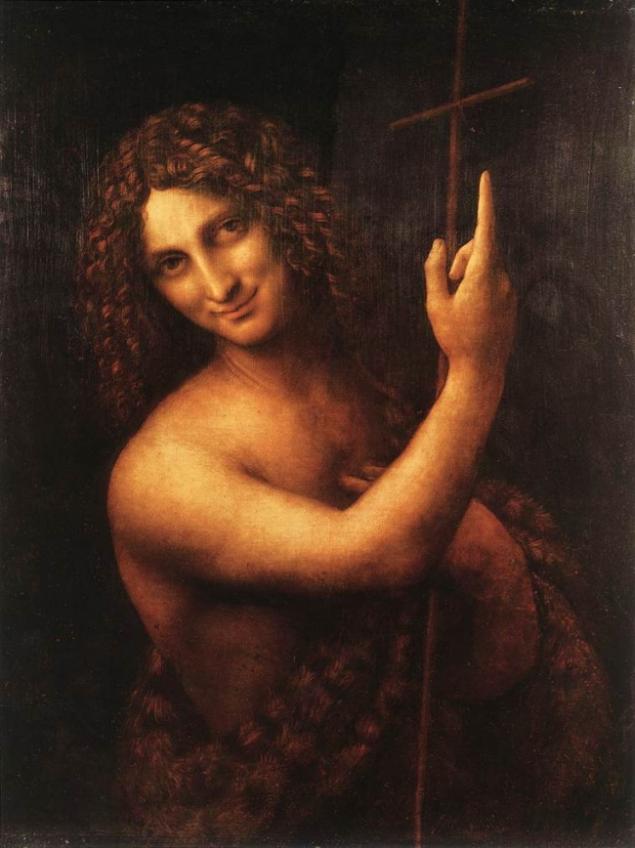
"John The Baptist", 1514-1516
In his latest extant works of Leonardo has devised and perfected over many years techniques: melting sfumato (softening the outlines of figures and faces, allowing air, light haze), a complete rejection of the background (when the character is depicted in the brown darkness that gives you the opportunity to focus attention on the hero).
Pablo Picasso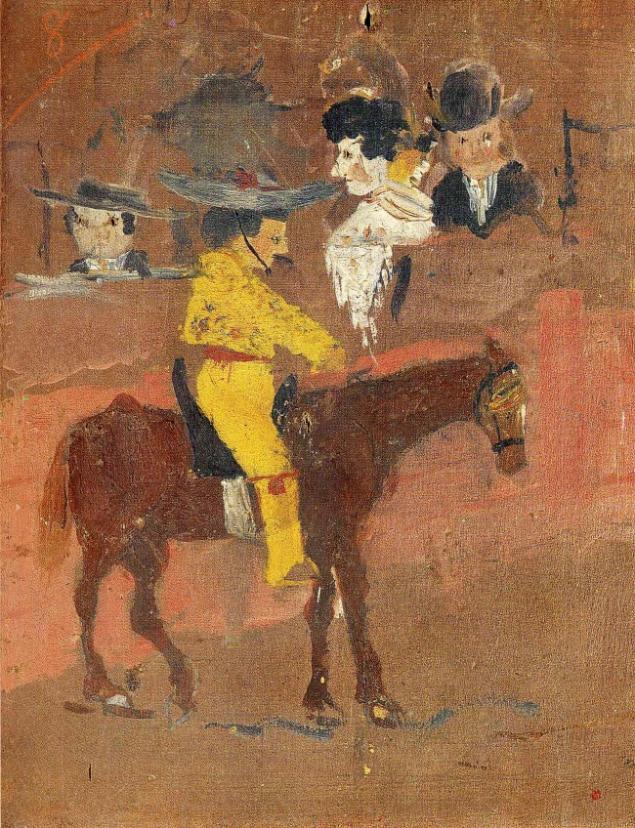
"Yellow picador", 1890
Little Pablo started to show a love for drawing from the age of 3. In Malaga, where early childhood Picasso, the boy is already trying to paint with oils. "Yellow picador" is one of the first paintings of Picasso, which was written in 8 years under the impression of bullfighting.
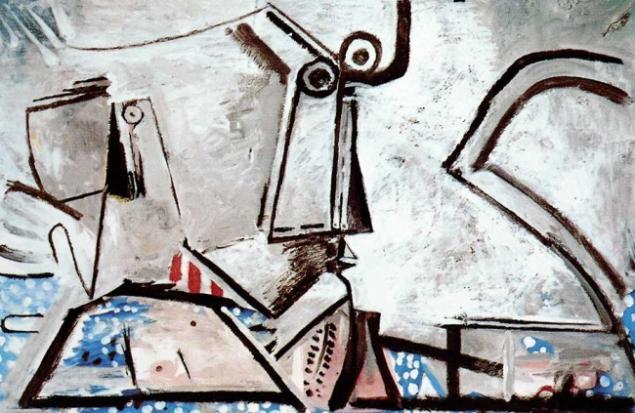
"Reclining Nude and head", 1973
The works of the last 15 years of the artist's work is very varied and uneven. This painting Picasso wrote shortly before his death. The day before, on April 7, he worked on it, the next day, 8 April 1973, he died on 92-m to year of life.
Claude Monet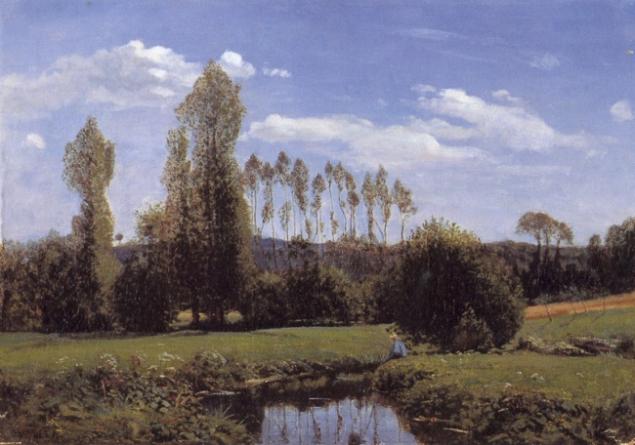
Views Ruell, 1858
Young Monet loved to draw caricatures of teachers, and soon met Eugene Boudin, who was considered a talent in the teenager and became his first teacher. So the debut painting was very similar to the landscapes of the master.
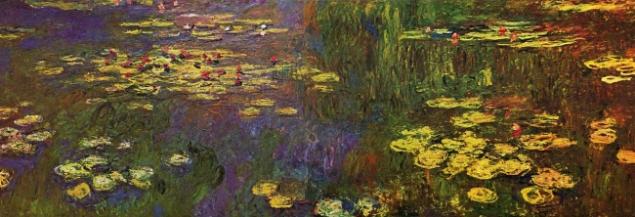
Water lilies, 1920-1926
In the last years of his life Monet had vision problems. And though his eyes saw was not the same as before, and he had to put the paints in a specific order not to mix the colors, to the end of his days never ceased to create. The series is known for huge paintings of water lilies was the last work of the famous painter.
Vincent Van Gogh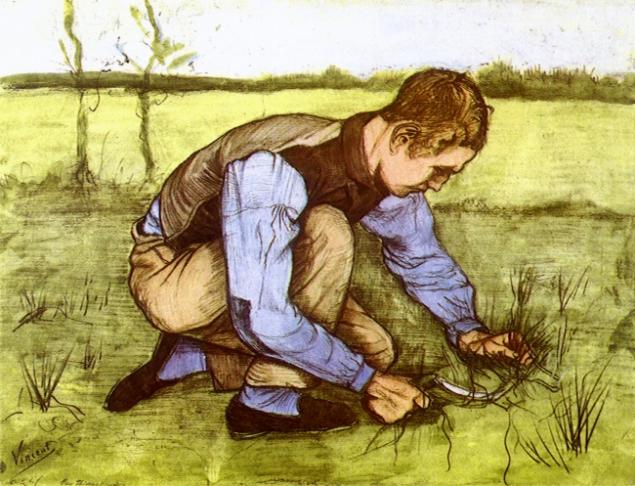
"The boy that cuts grass with a sickle", 1881
The first works van Gogh dedicated to the peasants, their everyday work and life, and when you create pictures, he resorted to mixture of different techniques. This painting is a vivid example of the artist's early.

"Tree roots", 1890
The last van Gogh's painting seems abstract, but gradually emerges in the landscape: bare roots and the lower part of the trees against the light sandy soil on a steep limestone slope. From the fabric breathes excitement, it seems to be impregnated with emotional instability. Perhaps it was the forerunner of further development of modern art such as abstraction.
Frida Kahlo
"Self portrait in a velvet dress" 1926
This self-portrait is considered to be one of the first important works of Mexican artist. After a terrible accident, Frida couldn't move and she was the easiest to draw... myself with a mirror. Although this painting is hardly a masterpiece, but it is already possible to see the huge potential in this girl.
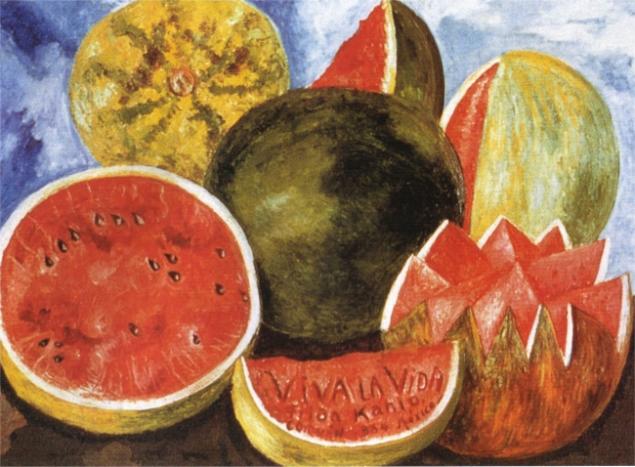
"Long live life!" 1954
Latest work, still life Viva la vida, perfectly shows the attitude to the world this amazing woman, whose path was very difficult and painful: the bright, juicy colors and ripe fruit as if to represent her strong spirit and inner strength.
Gustav Klimt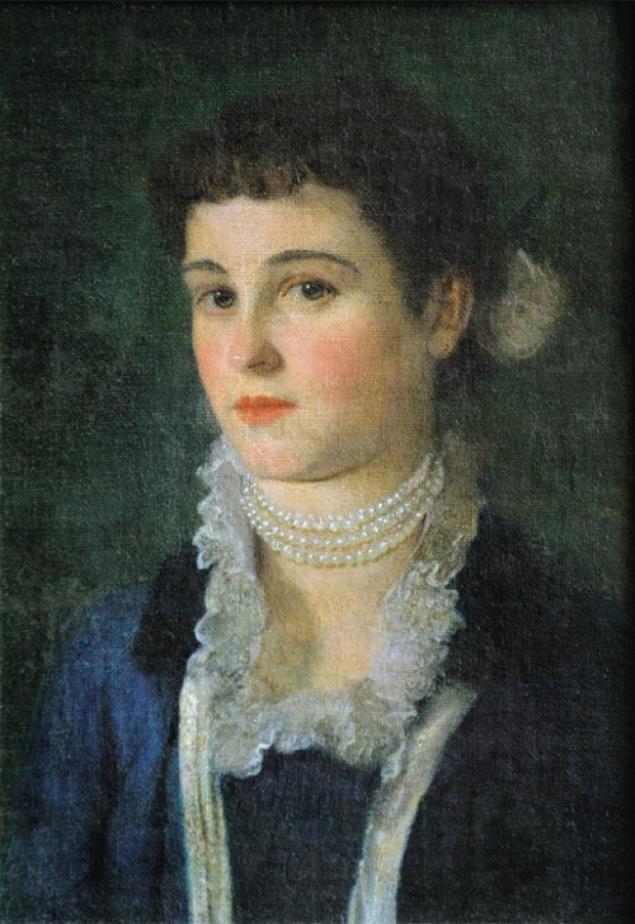
"Portrait Of Clara Klimt", 1883
The artist, whose work is known throughout the world for its beauty and eroticism in his early career he specialized in architectural painting. But soon began to draw women and men, practicing on the family: one of the first works is the portrait of his sister Clara.
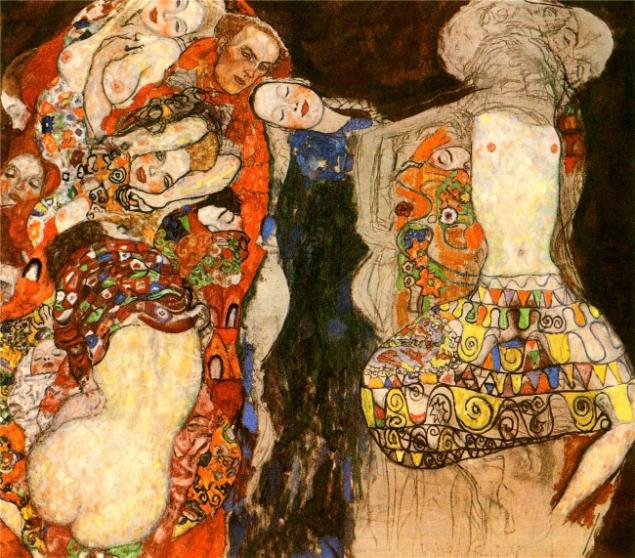
The bride, 1918
The painting "the Bride" — one of the unfinished paintings by the artist discovered in his Studio. Curious fact that Klimt was not going to leave the girls alone naked and painted clothes on the figures, but did not make it to the end.
Edgar Degas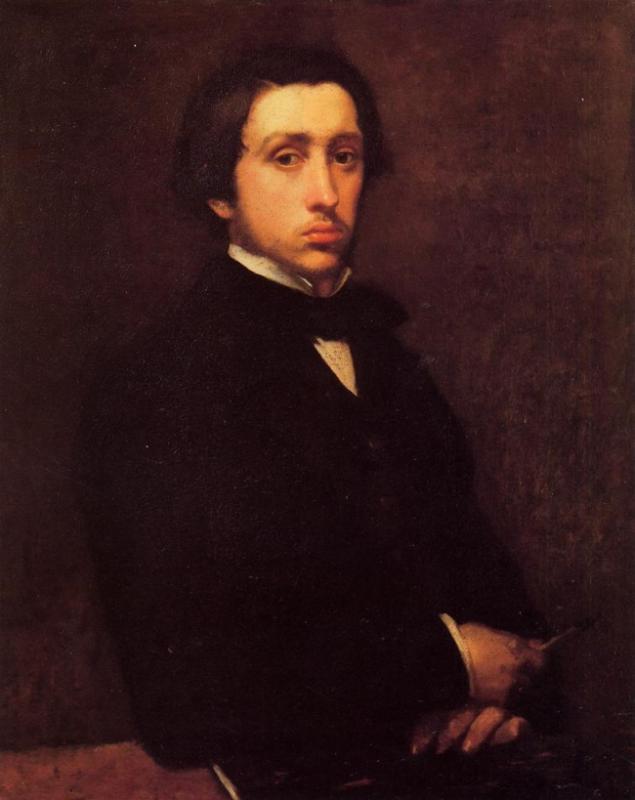
Self portrait, 1855
Early in his career, Degas wrote about 40 self-portraits in different variations. During this time he studies in the Studio of the artist Lamotte, and hones skills by copying the masterpieces of the Louvre, so much so that it was difficult to distinguish the copy from the original.
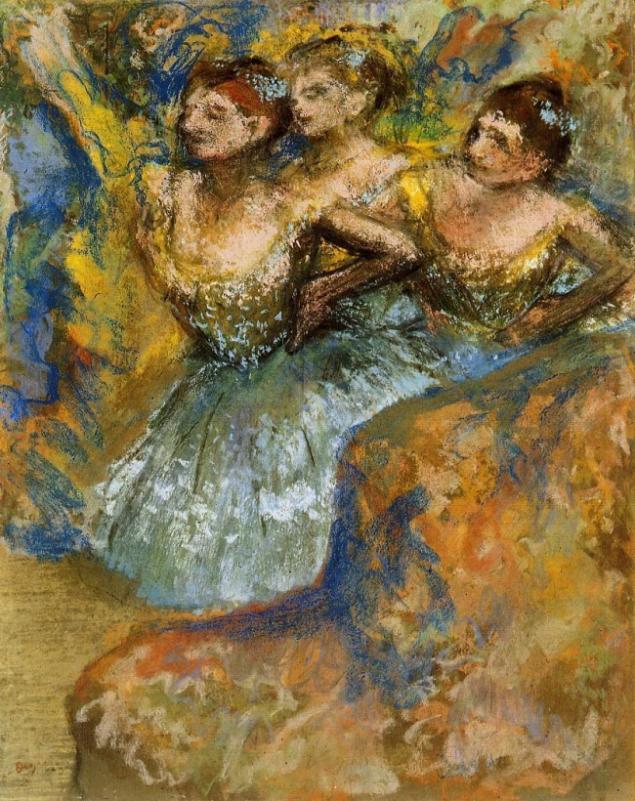
"Group dancers" 1900-1910
Many of the paintings Degas intertwined with the theme of the dance, and his latest paintings are no exception: this series of pastels with the dancers the artist created, being already practically blind.
Edouard Manet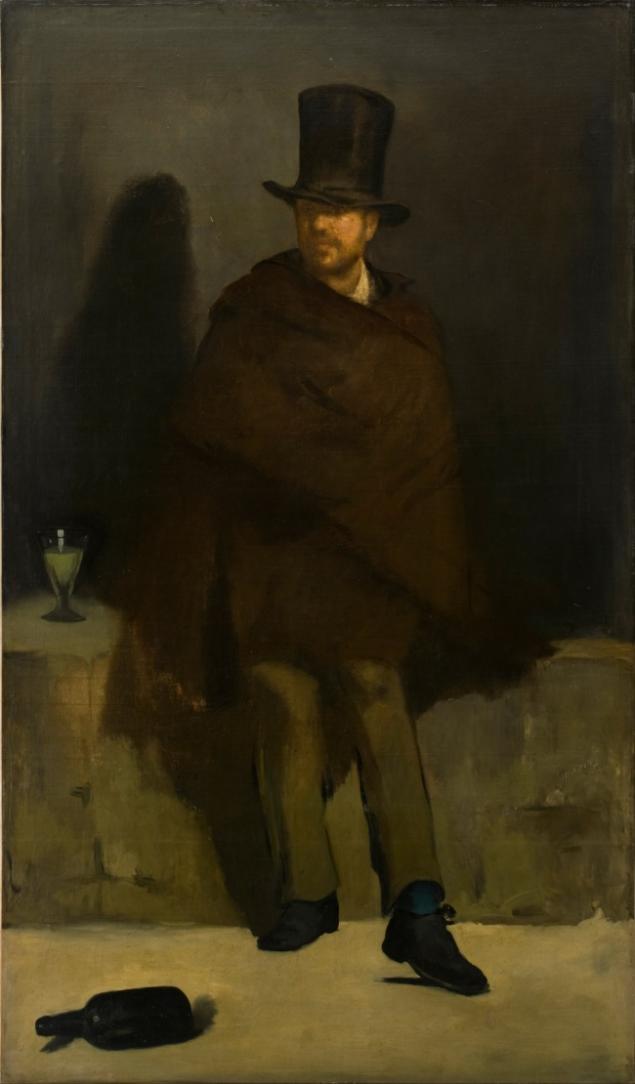
"Absinth drinker", 1859
During a trip to Brazil (then Manet at the behest of the parents tried to go to nautical school) future the artist made many drawings and sketches, and on his return copied paintings in the Louvre. His first significant painting Manet had high hopes and was exhibited at the prestigious Paris exhibition, but the picture failed.

"Bar "Folies-bergère"", 1882
The last painting Manet became one of the most famous masterpieces of world art, in which the master found a middle ground between realism and impressionism. On the huge canvas was depicted many not visible from first sight of parts: for example, the reflection of the barmaid is not true — she looks directly at the viewer, and in the mirror she looks at the mustachioed man.
Salvador Dali
"Fiesta in Figueres", 1914-1916
His first painting Salvador Dali painted when he was 10 years old: a small landscape, painted on a wooden Board with oil paints. "Fiesta in Figueres" already looks much more interesting, it was written 4 years later, and at the same time, by the way, was preparing the first exhibition of the artist.
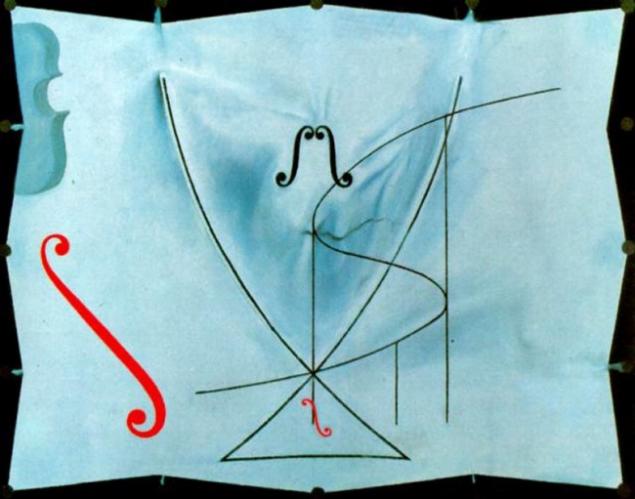
"Swallow's tail", 1983
Over his last painting Dali worked at the castle Pubol. It uses the shape of the cello, attributing it rather symbolic function of feelings, not musical sound. In the last period of creativity Gave the cello always carries some sad message or, as in the other scenes, she is attacked bedside tables. Thus it connects the two closest points, pain and beauty.
Henri Matisse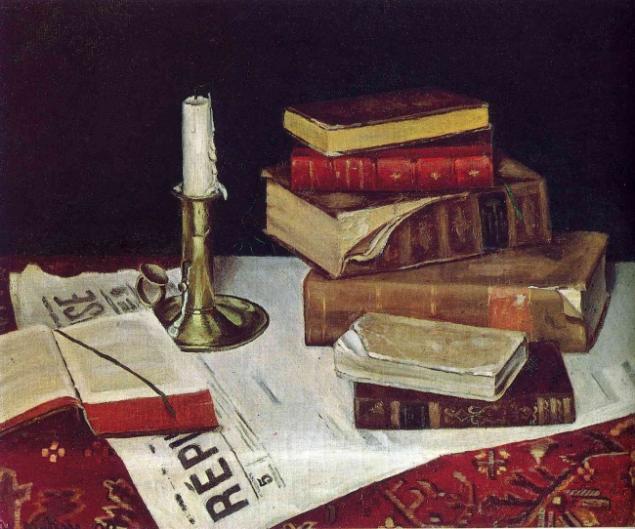
"Book and candle", 1890
In 1889 in Henry had an attack of appendicitis. When he was recovering from surgery, his mother bought him art supplies. It is so fascinated that he overcame the resistance of his father, decided to become an artist and enrolled in the school of drawing Quentin de La Tour. Still life with books and candle — one of the first works of Matisse.
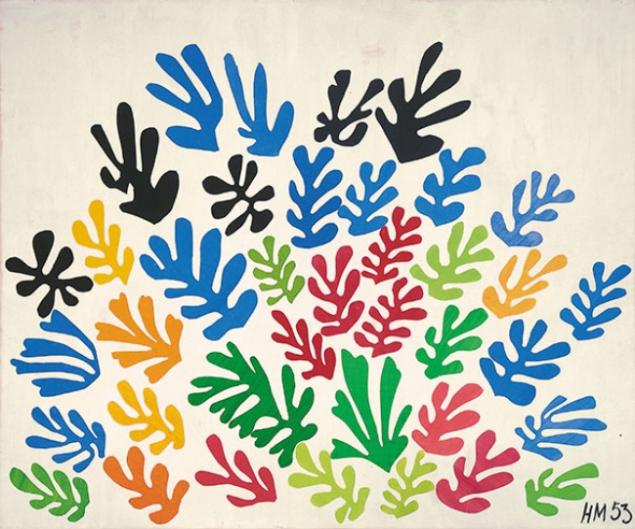
"Wreath", 1953
In his paintings, Matisse was trying to achieve a synthesis of drawing and color, and his last picture illustrates it best.Also in the last year of his life the artist painted stained glass window of a Church in new York, the remaining 9 stained glass Windows painted by Marc Chagall.
Photos on the preview wikiart.org
See also
How varied art from the Renaissance to the present day
Quiz: How well do you understand art?
via www.italian-renaissance-art.com/Annunciation.html
We all know how to look like the masterpieces of world art. But us in the Website was curious: why was world famous artists and what were their latest paintings? We offer you to look at the result and join us for a historical tour of the painting.
Leonardo da Vinci

The Annunciation, 1472-1475
For one of his first independent paintings of da Vinci chose the biblical story: it depicts the Archangel Gabriel and the virgin Mary. This work was painted by da Vinci in the workshop of his teacher Verrocchio.

"John The Baptist", 1514-1516
In his latest extant works of Leonardo has devised and perfected over many years techniques: melting sfumato (softening the outlines of figures and faces, allowing air, light haze), a complete rejection of the background (when the character is depicted in the brown darkness that gives you the opportunity to focus attention on the hero).
Pablo Picasso

"Yellow picador", 1890
Little Pablo started to show a love for drawing from the age of 3. In Malaga, where early childhood Picasso, the boy is already trying to paint with oils. "Yellow picador" is one of the first paintings of Picasso, which was written in 8 years under the impression of bullfighting.

"Reclining Nude and head", 1973
The works of the last 15 years of the artist's work is very varied and uneven. This painting Picasso wrote shortly before his death. The day before, on April 7, he worked on it, the next day, 8 April 1973, he died on 92-m to year of life.
Claude Monet

Views Ruell, 1858
Young Monet loved to draw caricatures of teachers, and soon met Eugene Boudin, who was considered a talent in the teenager and became his first teacher. So the debut painting was very similar to the landscapes of the master.

Water lilies, 1920-1926
In the last years of his life Monet had vision problems. And though his eyes saw was not the same as before, and he had to put the paints in a specific order not to mix the colors, to the end of his days never ceased to create. The series is known for huge paintings of water lilies was the last work of the famous painter.
Vincent Van Gogh

"The boy that cuts grass with a sickle", 1881
The first works van Gogh dedicated to the peasants, their everyday work and life, and when you create pictures, he resorted to mixture of different techniques. This painting is a vivid example of the artist's early.

"Tree roots", 1890
The last van Gogh's painting seems abstract, but gradually emerges in the landscape: bare roots and the lower part of the trees against the light sandy soil on a steep limestone slope. From the fabric breathes excitement, it seems to be impregnated with emotional instability. Perhaps it was the forerunner of further development of modern art such as abstraction.
Frida Kahlo

"Self portrait in a velvet dress" 1926
This self-portrait is considered to be one of the first important works of Mexican artist. After a terrible accident, Frida couldn't move and she was the easiest to draw... myself with a mirror. Although this painting is hardly a masterpiece, but it is already possible to see the huge potential in this girl.

"Long live life!" 1954
Latest work, still life Viva la vida, perfectly shows the attitude to the world this amazing woman, whose path was very difficult and painful: the bright, juicy colors and ripe fruit as if to represent her strong spirit and inner strength.
Gustav Klimt

"Portrait Of Clara Klimt", 1883
The artist, whose work is known throughout the world for its beauty and eroticism in his early career he specialized in architectural painting. But soon began to draw women and men, practicing on the family: one of the first works is the portrait of his sister Clara.

The bride, 1918
The painting "the Bride" — one of the unfinished paintings by the artist discovered in his Studio. Curious fact that Klimt was not going to leave the girls alone naked and painted clothes on the figures, but did not make it to the end.
Edgar Degas

Self portrait, 1855
Early in his career, Degas wrote about 40 self-portraits in different variations. During this time he studies in the Studio of the artist Lamotte, and hones skills by copying the masterpieces of the Louvre, so much so that it was difficult to distinguish the copy from the original.

"Group dancers" 1900-1910
Many of the paintings Degas intertwined with the theme of the dance, and his latest paintings are no exception: this series of pastels with the dancers the artist created, being already practically blind.
Edouard Manet

"Absinth drinker", 1859
During a trip to Brazil (then Manet at the behest of the parents tried to go to nautical school) future the artist made many drawings and sketches, and on his return copied paintings in the Louvre. His first significant painting Manet had high hopes and was exhibited at the prestigious Paris exhibition, but the picture failed.

"Bar "Folies-bergère"", 1882
The last painting Manet became one of the most famous masterpieces of world art, in which the master found a middle ground between realism and impressionism. On the huge canvas was depicted many not visible from first sight of parts: for example, the reflection of the barmaid is not true — she looks directly at the viewer, and in the mirror she looks at the mustachioed man.
Salvador Dali

"Fiesta in Figueres", 1914-1916
His first painting Salvador Dali painted when he was 10 years old: a small landscape, painted on a wooden Board with oil paints. "Fiesta in Figueres" already looks much more interesting, it was written 4 years later, and at the same time, by the way, was preparing the first exhibition of the artist.

"Swallow's tail", 1983
Over his last painting Dali worked at the castle Pubol. It uses the shape of the cello, attributing it rather symbolic function of feelings, not musical sound. In the last period of creativity Gave the cello always carries some sad message or, as in the other scenes, she is attacked bedside tables. Thus it connects the two closest points, pain and beauty.
Henri Matisse

"Book and candle", 1890
In 1889 in Henry had an attack of appendicitis. When he was recovering from surgery, his mother bought him art supplies. It is so fascinated that he overcame the resistance of his father, decided to become an artist and enrolled in the school of drawing Quentin de La Tour. Still life with books and candle — one of the first works of Matisse.

"Wreath", 1953
In his paintings, Matisse was trying to achieve a synthesis of drawing and color, and his last picture illustrates it best.Also in the last year of his life the artist painted stained glass window of a Church in new York, the remaining 9 stained glass Windows painted by Marc Chagall.
Photos on the preview wikiart.org
See also
How varied art from the Renaissance to the present day
Quiz: How well do you understand art?
via www.italian-renaissance-art.com/Annunciation.html


